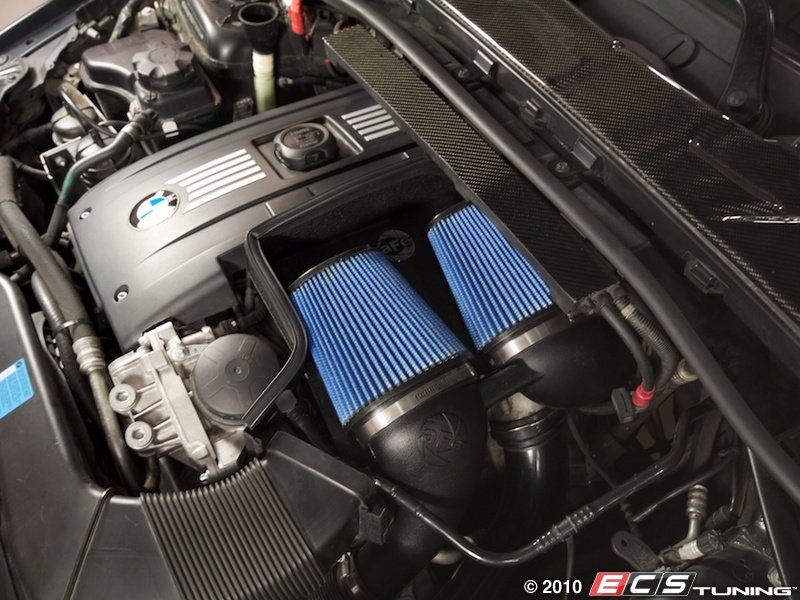Today we'll talk about one strong engine, the BMW N54. Some explanations may be over simplified, but is written to appeal to the novice.
The N54 was used in many BMW's from 2006-2009, for example the 3 series.
A 335i is a rear wheel drive sedan, or 'saloon' as they say in Europe. A 335ci is a rear wheel drive coupe. A 335iT is a rear wheel drive Wagon or 'Touring'. They all have the same engine. The N54.
This engine makes around 250-290 horsepower at the wheels in stock form. -Source
2 of the most common tuners for this engine are the JB4 system or a COBB accessport.
They are similar, just offer some different features and work a little differently.
A few comparisons:
Tuning can bring you up to near 400hp with no internal modifications. That's remarkable considering that's around 50% more power than it originally had.
(With other engines, if you start to make more than around 25% more power than it originally had, the engine would be very stressed and you would have to strengthen internal components. It's very expensive to take an engine apart and put it back together).
All it really needs are bolt on mods. Bolt on mods are things external to the engine. Things like the air intake and filter, exhaust, intercoolers. They are supporting mods. They keep the engine cooler and make up for the heat and stress of running the turbos harder than normal.
A bigger intercooler will help alot, as cooler air is more dense. An exhaust system and an intake system will allow the engine to breath better and will spool the turbo up quicker. Imagine that the stock air filter is like you breathing through 1 straw. It's kinda hard. An aftermarket air filter system would be like you breathing through 5 straws at once- much easier. The better the engine can breathe, the more power it can make.
"A Tune- Holy CRAP, best $500 I ever spent.
Intake System- Good, relatively cheap supporting mod.Downpipes- AR (3")are about $800, Raceland (2.5") are $220). ARs sound better and feel A little more powerful (butt dyno probably) but not worth the $500 difference IMO. Build quality on the racelands has been proven to last but occasionally someone has a fitment issue with them and the company replaces them.
Charge pipe- Meh. Holds boost A little better I guess? I got mine so that I'll have bungs ready for when I install meth but if you are planning to stay meth-free then I wouldn't bother.
Intercooler- Makes a huge difference and once you have a tune you'll pretty much need one anyway.
Sport tires instead of the stock run-flats- Makes a big difference. Saves weight, money (run-flats are super expensive), and handles way better."
-Source (quote was slightly modified for language and clarity)


